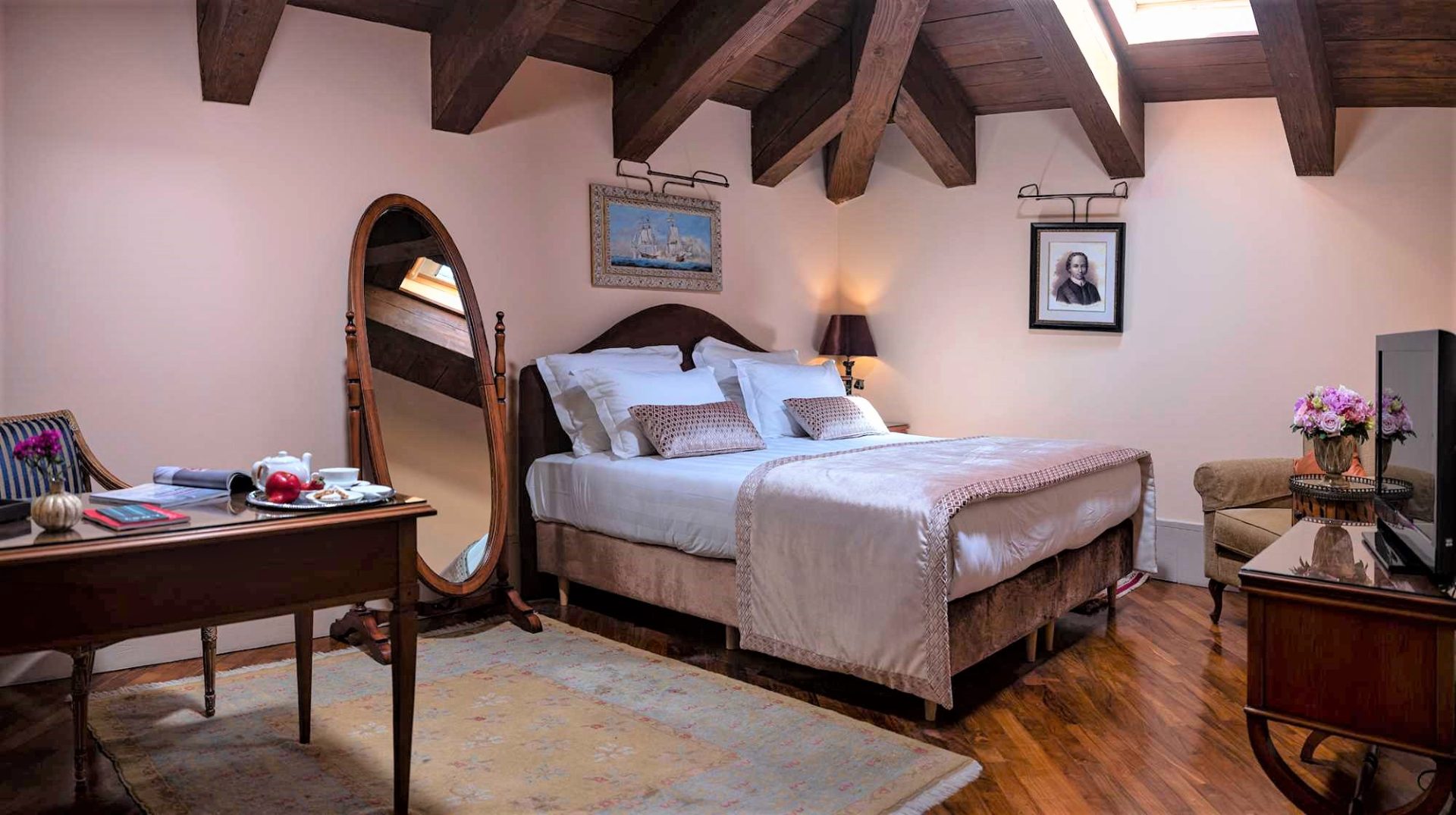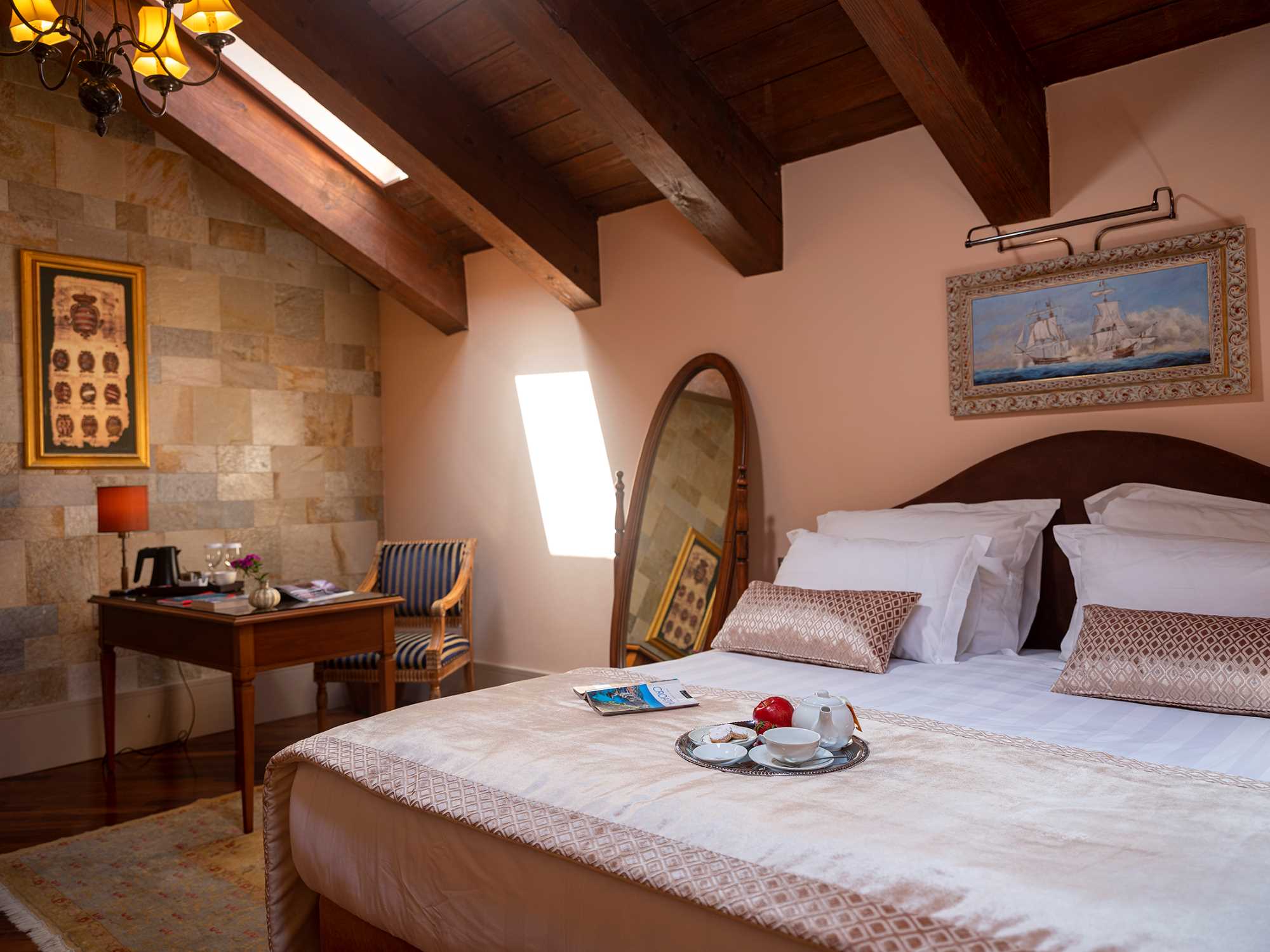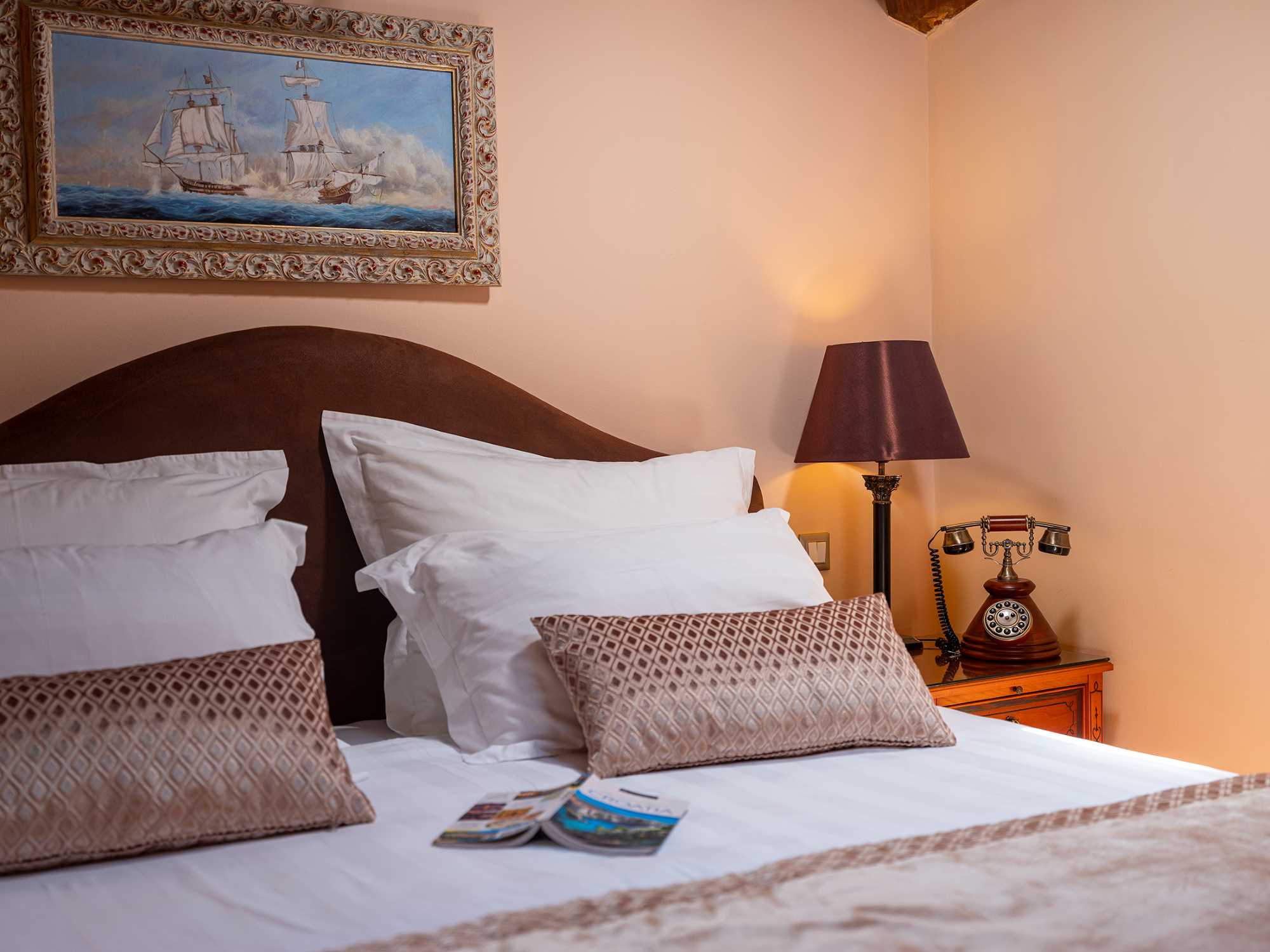Book your stay in The Pucić Palace
Classic room
Elegantly appointed with antique furnishings and modern amenities. Skylight windows set amidts the ceilings' original wooden structural beams add to the dramatic illumination.
Our rooms and suites carry the names of the most famous citizens of Dubrovnik, as an homage to their spirit, and the living heritage they have bequeathed to the city.
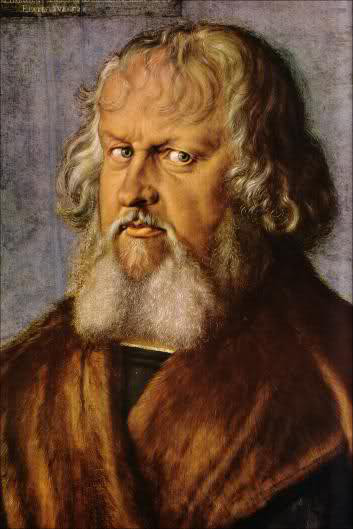
Luka Sorkočević
Symphony Played in Slow Tempo and Dignified Style
The first Croatian symphonist Luka Sorkočević was born in 1734 in Dubrovnik, where he received an extensive education. His music teacher was the Italian composer Giuseppe Valenti, who in the 1750s served as the maestro di cappella in Dubrovnik Cathedral. Sorkočević continued his education in Rome, where he studied musical composition with Rinaldo di Capua. Returning to Dubrovnik, Sorkočević married and held several posts in various branches of the Republic’s politics and society. During his brief stint in Vienna as the ambassador to the imperial court, he met several leading composers of his time, such as Gluck and Haydn, as well as the famous poet Metastasio. Though Sorkočević wrote few vocal pieces, his most interesting works are the eight symphonies, the violin sonata, and the overture trio for the flute, all belonging to the transitional period between baroque and classicism, as they contain traces of both styles.
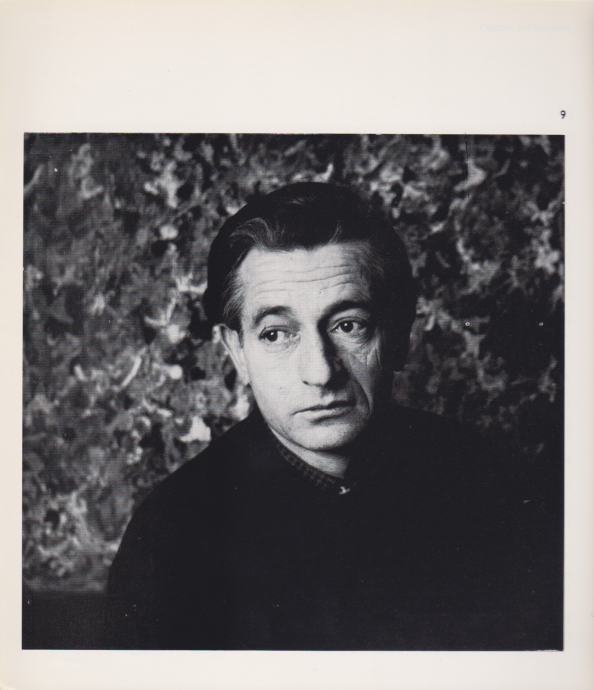
Ivo Dulčić
Transparent Curtains of Colored Light
Born in Dubrovnik in 1916, painter Ivo Dulčić spent his life between his atelier in the Croatian capital of Zagreb and his birth town. His painterly idiom combines expressivity and fast strokes with a refined sense of color and texture. A master of atmosphere, Dulčić was also a perceptive psychologist when portraying human figures and faces. Opposing state-sponsored socialist realist art that came to reign following WWI, Dulčić was one of the rare Croatian post-war painters who tackled sacral themes. His stained glass work – which can be seen in churches in Croatian and European cities, including Dubrovnik, Zagreb, Vatican, Assisi, and Essen – was almost revolutionary and caused a significant stir among religious authorities.
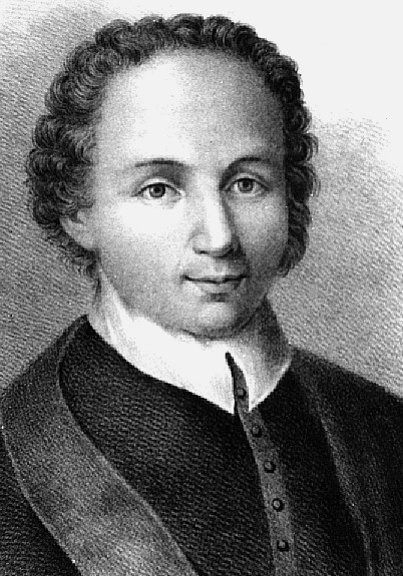
Đuro Baglivi
Treasury of Wellbeing
One of the most acclaimed European physicians of his time, Giorgio Baglivi was born in Dubrovnik in 1668, where his Armenian grandfather moved as a merchant. However, the family encountered financial difficulties. Soon after, young Baglivi lost both of his parents, was adopted by his relatives, and then educated by Jesuits, who noticed the boy was extremely bright and gifted and sent him to Italy for further medical education. Baglivi met all the expectations of his teachers and became a professor of anatomy at Roman Sapienza College already at the age of 28. He famously applied the most advanced medical theories and practices of his time, and yet remained faithful to his antique paragon, the great Hippocrates. A personal physician of two popes and a member of the most illustrious English, German and Italian medical societies of his era, Baglivi made important contributions to clinical education, always advocating careful observation, microscopic and other research. A staunch believer in the reason, Baglivi famously said: Fierce arguments won’t stop the force of illness: only the medicines can bring recovery.
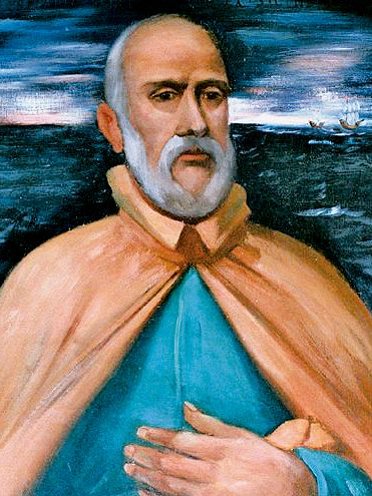
Miho Pracat
Royal Gift
The most famous Dubrovnik’s sea captain of all times, Miho Pracat was born on the island of Lopud in 1522. Diligent and hard-working, Miho Pracat acquired a substantial merchant fleet and became a trusted banker. In one of the well-known episodes of Dubrovnik’s history, Pracat broke the naval blockade of Spain and brought King Carlo V wheat for his starving population. When asked what he wishes to receive as a reward for this daring enterprise, Pracat said he desires no riches or titles, just the handkerchief that King used that very morning for shaving. Famed for his philanthropy, Pracat used to buy back Dubrovnik sailors that ended up in Ottoman slavery, gave donations to orphanages, and in his last will bequeathed all of his substantial riches to charities. Though the laws of the Dubrovnik Republic allowed only the sculptures of saints and mythical creatures, Pracat became the only exemption to this rule. His statue was installed in Rector’s Palace, where it stands to this day.
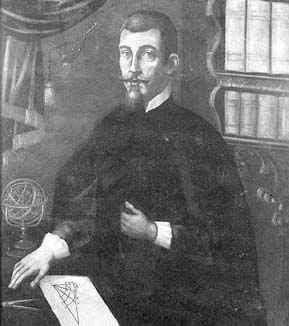
Marin Getaldić
Mind like a blade, heart of an angel
Scientist Marino Getaldić was born in Dubrovnik in 1568. As one of his children of Maro Getaldić and Anica Restić. One of the top European mathematicians and physicists of his time, Getaldić studied in Italy, England, and Belgium, making a significant contribution to algebra and optics and befriending many famous scientists, including Galileo Galilei. His parabolic mirror, today kept in the London National Maritime Museum, hides a peculiar story. Getaldić is known to run optic experiments in a cave on his family estate. The optical effect visible from the outside of the cave prompted unusual stories among the city folk that considered the scientist to be a cave wizard. Testifying the scientist’s fervent dedication to mathematics and scientific research, Getaldić’s friend, Venetian scientists and Theologian Scarpi wrote: In mathematics, he was like a tireless daemon, but his heart was that of an angel.






